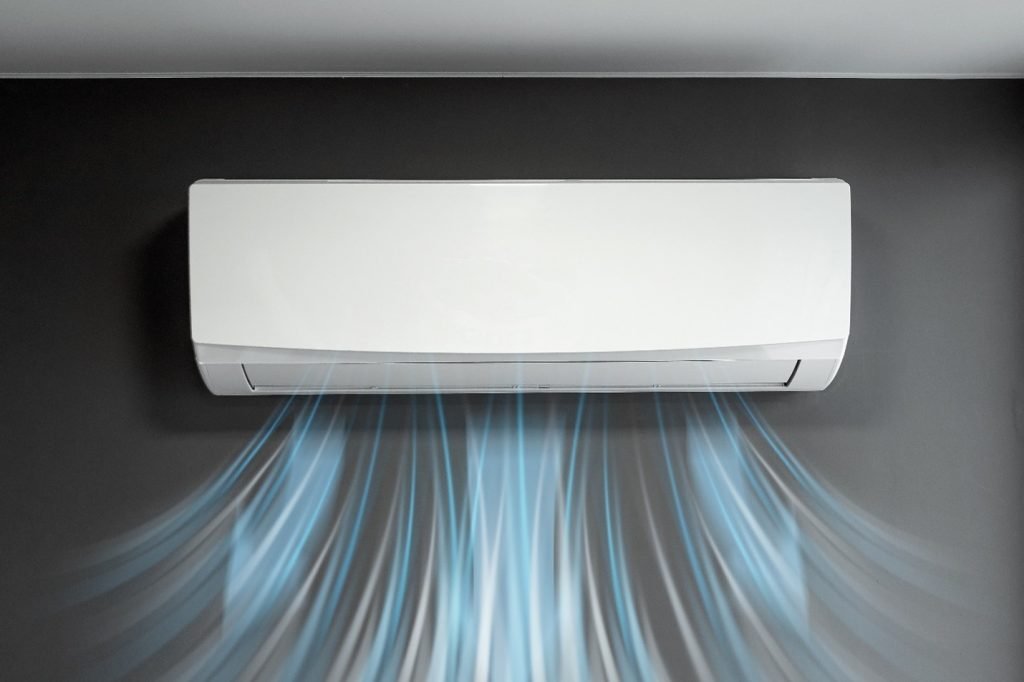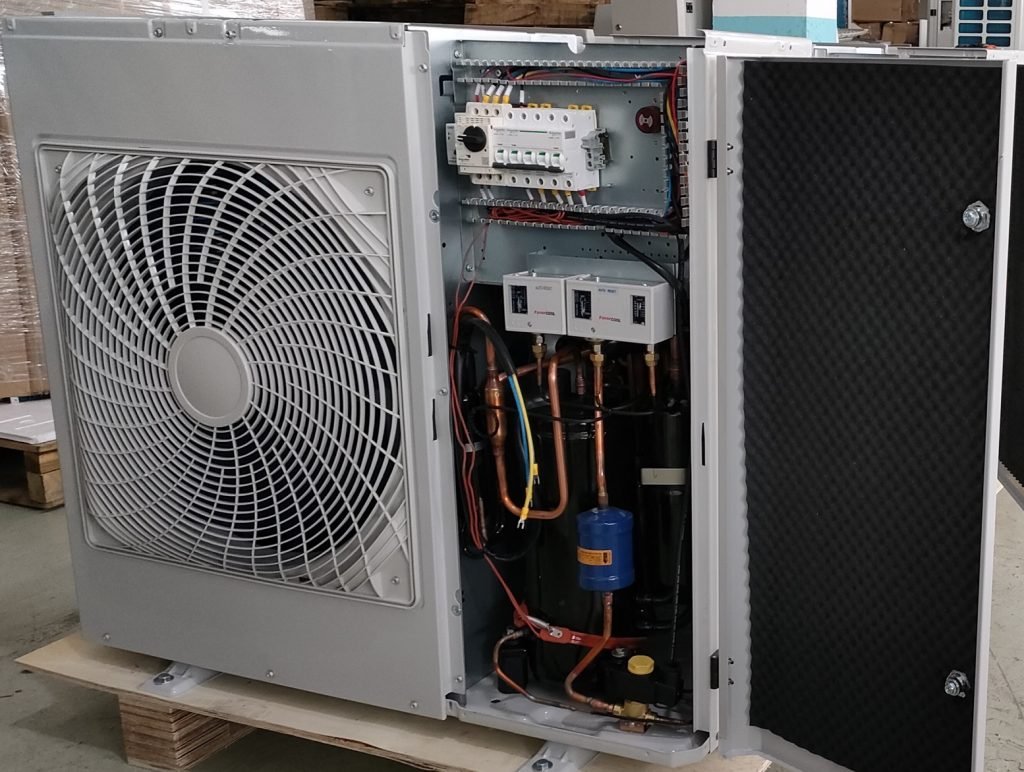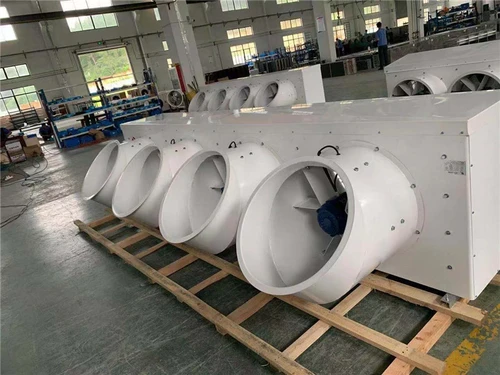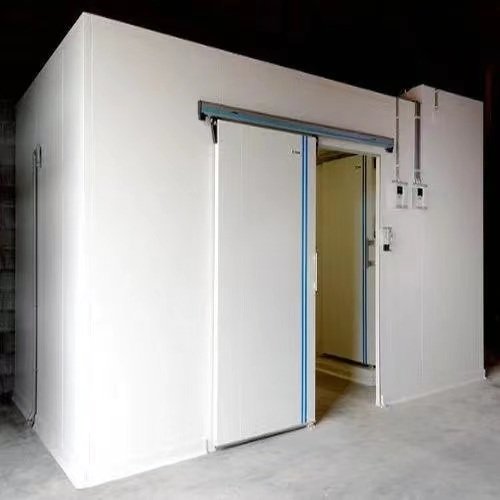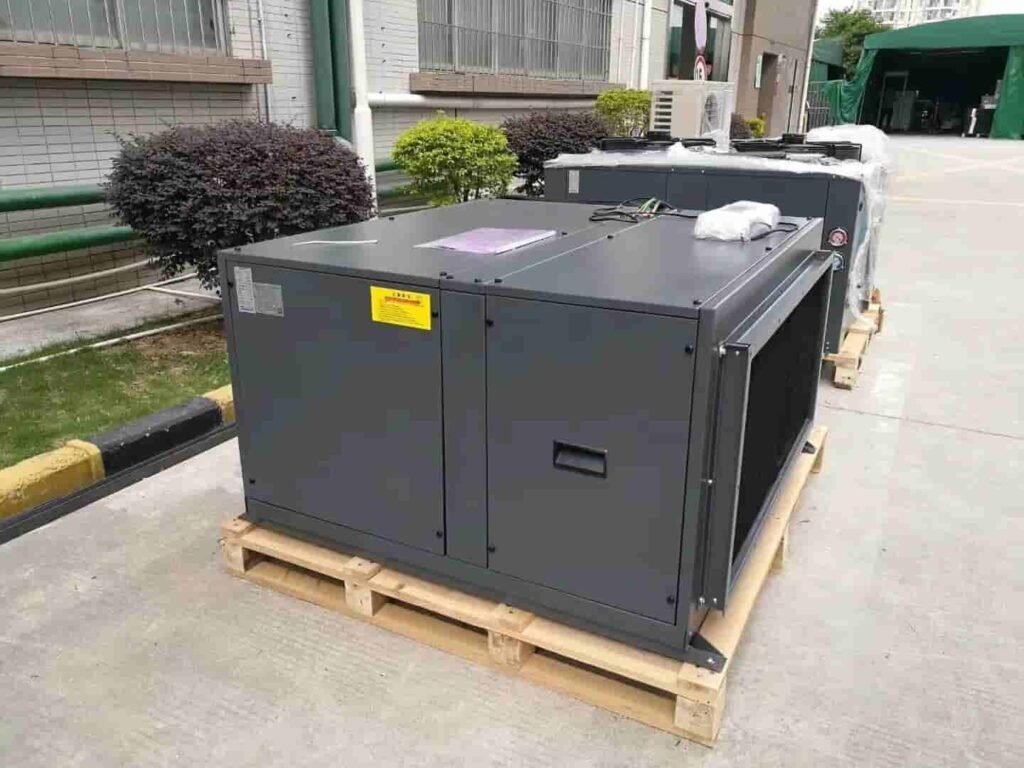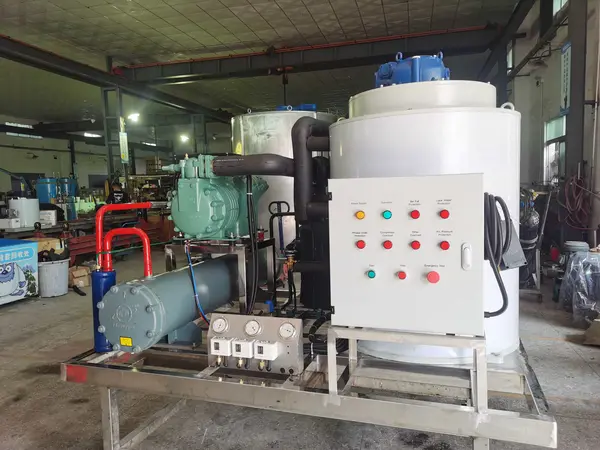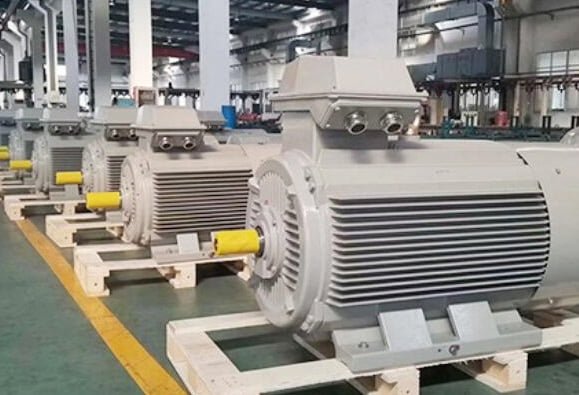Koelsysteem is een complex cyclussysteem dat bestaat uit belangrijke componenten zoals compressor, condensator, expansieklep, En verdamper. Deze componenten werken samen om koeling te bereiken door circulatie van het koelmiddel.
Echter, Wanneer lucht dit gesloten systeem binnengaat, Het kan serieproblemen veroorzaken die de normale werking beïnvloeden. Daarom, het is cruciaal om de oorzaken te begrijpen, verdeling, gevaren, en verwijderingsmethoden voor luchtinbreuk in koelsystemen.
Oorzaken van lucht in het koelsysteem
Hoewel koelsystemen zijn verzegelde cycli waar lucht niet zou moeten binnenkomen, Lucht kan nog steeds infiltreren vanwege verschillende redenen.
Hieronder is een gedetailleerde analyse van deze oorzaken:
1.Onvolledige stofzuiger tijdens installatie of onderhoud
–Stofzuigen is van cruciaal belang voor het verwijderen van lucht en vocht tijdens installatie of onderhoud. Slechte vacuümpompprestaties of onvoldoende stofzuigertijd kunnen lucht in het systeem laten.
–Onervaren operators of problemen met apparatuur kunnen ook leiden tot onvolledig stofzuigen.
2. Lucht geïntroduceerd tijdens toevoeging van koelmiddel
–Onjuiste procedures, zoals niet -afgesloten koelmiddelcontainers of onjuist verbonden slangen, kan ervoor zorgen dat lucht het systeem binnenkomt tijdens koelmiddel toevoeging.
–Open vulmethoden vergroten de kans dat luchtvaartuig wordt ingevoerd.
3. Systeemlekkage
–Lekpunten in het systeem kunnen lucht binnen laten, vooral als beide de high & lage druk kan lekken. Drukverschillen vergemakkelijken luchtinbreuk.
–Lekkage komt vaak voor bij pijpverbindingen, klepafdichtingen, of compressorafdichtingen.
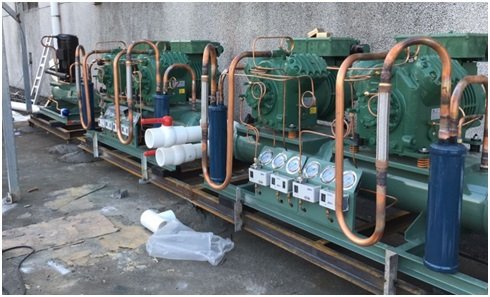
4. Gebruik ondermaatse koelmiddelen of niet -afgesloten containers
–Ondermaatse koelmiddelen kunnen onzuiverheden of vocht bevatten, lucht in het systeem introduceren.
–Slecht afgedichte containers laten lucht mengen koelmiddelen en ga vervolgens in het systeem.
5. Gebrek aan luchtverwijdering tijdens langdurige werking
–Na een tijdje, Lucht kan het systeem langzaam infiltreren, vooral met significante drukschommelingen.
–Operator nalatigheid of defecte luchtverwijderingsapparatuur kan leiden tot luchtaccumulatie.
6. Atmosferische luchtpenetratie
Als de werkdruk van het systeem lager is dan de atmosferische druk, Lucht kan door gaten in het systeem in kleppen sijpelen, compressoren, of niet-gelaste verbindingen.
7. Ontleding van smeerolie
Sommige smeerolie, zoals minerale oliën, kan ontleden onder complexe werkomstandigheden, Koolwaterstoffen vrijgeven die mengen met het koelmiddel.
Verdeling van lucht in koelsysteem
1. Natuurlijke accumulatielocaties
Lucht is lichter dan koelmiddelen en heeft de neiging zich op te hopen op hoogtepunten in het systeem, zoals:
Condensor: Vaak geïnstalleerd op een hoge positie in het systeem, waardoor het een gemeenschappelijk luchtaccumulatiepunt is.
Ontvanger: Nog een hoogtepunt waar lucht gemakkelijk verzamelt.
Accumulator: Bepaalde systemen zien hier de lucht verzamelen.
Hoge delen van pijpen: Elk verhoogde buisgedeelte kan een locatie worden voor luchtophoping.
2. Luchtbeweging in het systeem
Lucht kan oplossen in het koelmiddel en tijdens het werking door het systeem bewegen, invloed op verschillende componenten.
3. Systeemontwerpeffect op de luchtverdeling
—Complexe leidinglay -outs: Verhoog potentiële gebieden voor luchtaccumulatie.
—Hoogteverschillen: Grote hoogtevariaties in het systeem kunnen leiden tot geconcentreerde lucht op hogere punten.
Luchtgevaren in koelsysteem
1. Verhoog het energieverbruik
Lucht bestaat voornamelijk uit stikstof en zuurstof, die niet-condenseerbare gassen zijn. Luchtaccumulatie in de hogedrukzijde verhoogt de systeemdruk, dwingen de compressor om harder te werken, Verhoog het energieverbruik en slijtage, en verkort de levensduur van de compressor.
2. Induceren van chemische reacties
Vocht in de lucht kan reageren koelmiddelen, vooral in minerale oliesystemen, het produceren van zure stoffen die interne metaalcomponenten corroderen, leidend tot lekken en schade.

3. Verminder de koelefficiëntie
Lucht in de condensor of verdamper kan veroorzaken “luchtsloten,” Blokkerende koelmiddelstroom en warmte -uitwisseling, Verminder de algehele systeemefficiëntie.
4. Vorm ijsblok
Vocht in de lucht kan bevriezen bij throttling -apparaten (bijv., uitbreidingskleppen), Blokkades veroorzaken die verstoren koelmiddel stroom en kan apparatuur beschadigen.
5. De uitvoeringsklepprestaties aantasten
De aanwezigheid van de lucht kan de drukwaarden bij de expansieklep vervormen, leiden tot onjuiste regelgeving en onstabiele koelmiddelstroom.
6. Compressor smeerproblemen
Vocht in de lucht kan degraderen smeerolie, verminder de effectiviteit en oorzaak compressor slijtage of mislukking.
Methoden om lucht uit het koelsysteem te verwijderen
1. Gebruik systeem ontworpen luchtafgiftemechanismen
Veel koelsystemen hebben automatische ventilatieapparaten, zoals ontluchtingskleppen bovenaan de condensator. Deze apparaten kunnen automatisch lucht verdrijven tijdens de werking van het systeem. Om deze apparaten te gebruiken voor ventilatie:
Zoek luchtafgiften: Vaak op het hoogste punt van de condensor.
Handmatige release: Open de klep langzaam tijdens de werking om lucht vrij te maken terwijl de drukmeters bewaken om te vermijden koelmiddel verlies.
2. Vacuümextractiemethode
Gebruik vacuümpomp om het systeem te evacueren, kan lucht en vocht effectief verwijderen.
Bereid de vacuümpomp voor: Selecteer een vacuümpomp die geschikt is voor de capaciteit van het systeem en zorg ervoor dat deze in goede staat is.
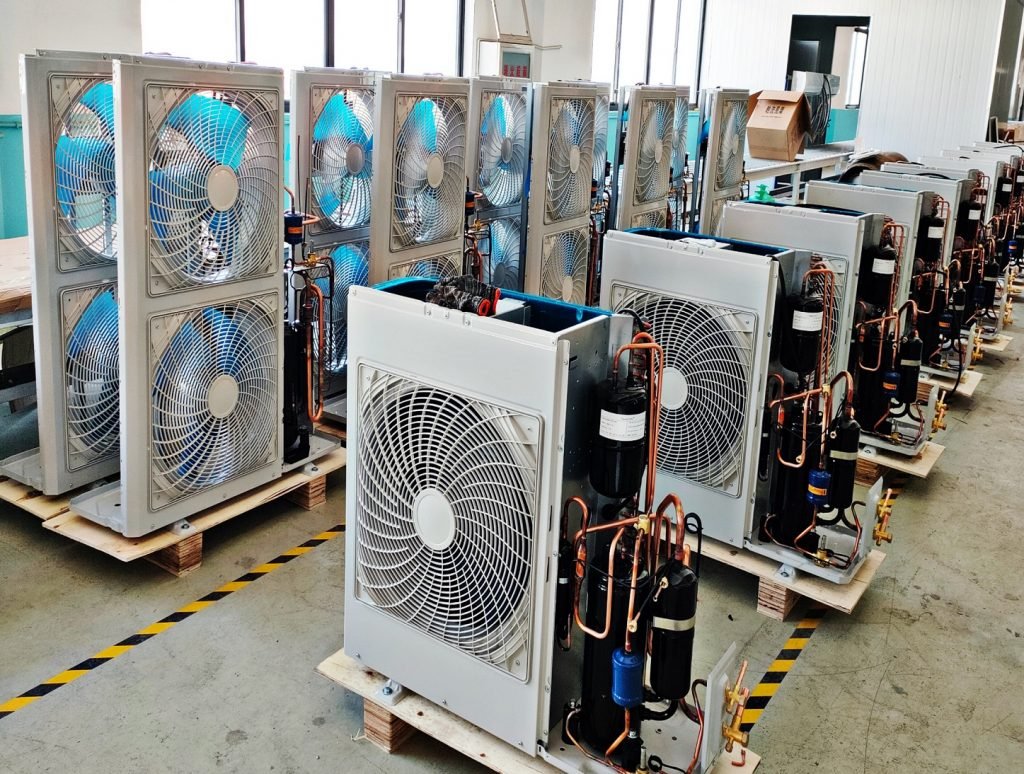
Verbind vacuümpomp: Bevestig de vacuümpomp aan de vacuümpoort van het systeem.
Evacuatieproces: Start de vacuümpomp en ga door met evacuatie totdat de systeemdruk het gespecificeerde vacuümniveau bereikt. Het is meestal nodig om dit niveau een tijdje te behouden om te zorgen voor een grondige verwijdering van lucht en vocht.
Controleer het vacuümniveau: Gebruik een vacuümmeter om het vacuümniveau te controleren en ervoor te zorgen dat deze aan de technische vereisten voldoet.
3. Handmatige luchtafgifte
Wanneer het systeem zich in een afsluitstatus bevindt, Open de Ventventiel handmatig om lucht vrij te maken.
Zoek de ventilatieventiel: Identificeer de ventielventiel in het systeem, Normaal gesproken op het hoogtepunt.
Open de klep langzaam: Open geleidelijk de ventilatieventiel om lucht vrij te maken. Controleer de koelmiddelstroom om aanzienlijk koelmiddelverlies te voorkomen.
Herhaal ontluchting: Meerdere ontluchtingsbewerkingen gemaakt totdat er geen bubbels verschijnen.
4. Luchtafgifte op hoge temperatuur
Door het systeem te vergroten temperatuur, Het vocht in de lucht verdampt, en dan wordt de lucht uitgezet.
Verwarm het systeem: Gebruik verwarmingsapparatuur om de systeemtemperatuur te verhogen, waardoor het vocht verdampt.
Vent de lucht: Onder omstandigheden op hoge temperatuur, verdrijf lucht- en waterdamp door de ventilatieventiel.
Koel het systeem: Nadat het systeem is afgekoeld, Controleer op resterende lucht.
5. Gebruik droogmiddelen
Voeg droogmiddelen toe aan het systeem om vocht te absorberen en de luchtimpact te verminderen.
Selecteer de Desiccant: Gebruik desicfantes die geschikt zijn voor de type koelmiddel, zoals moleculaire zeven.
Installeer de droger: Installeer een droger in het systeem en vervang het droogmiddel regelmatig.
6. Preventieve maatregelen
Controleer regelmatig op lekken: Inspecteer periodiek de afdichting van het systeem om binnendringen van lucht te voorkomen.
Voeg goed koelmiddel toe: Bij het toevoegen van koelmiddel, Zorg ervoor dat de container wordt afgesloten om luchtmenging te voorkomen.
Handhaaf de afdichtingintegriteit: Tijdens onderhoud en installatie, Zorg ervoor dat alle verbindingen correct zijn afgesloten.
7. Veiligheids- en milieuvoorzorgsmaatregelen
Draag beschermende uitrusting: Tijdens ontluchtingsactiviteiten, Draag beschermende handschoenen en een bril om koelkoude brandwonden te voorkomen.
Voorkom koelmiddellekken: Houd zich aan de milieuvoorschriften om lekken van koelmiddel te voorkomen die het milieu kunnen schaden.
Gebruik professionele tools: Zorg voor het gebruik van geschikte gereedschappen en apparatuur voor ventilatieactiviteiten.
8. Verifieer de effectiviteit van het ontluchten
Druktest: Controleer de systeemdruk met behulp van een drukmeter om stabiliteit te garanderen.
Observeer de bedrijfsstatus: Na systeembewerking, Bekijk het koeleffect en de compressorprestaties om geen afwijkingen te garanderen.
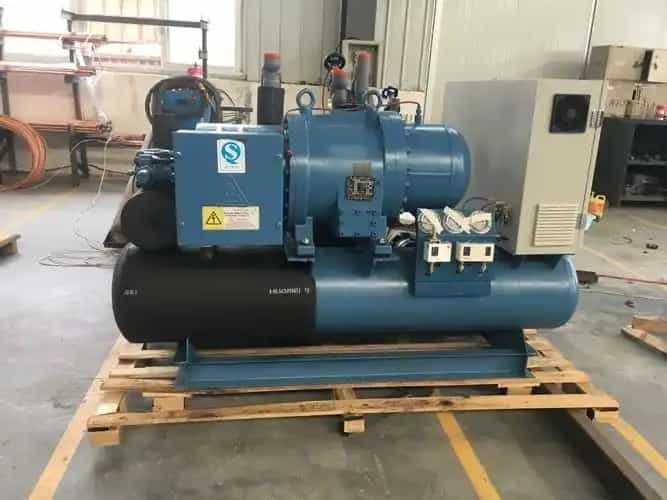
9. Veel voorkomende problemen
Systeem is nog steeds niet afgekoeld: Dit kan duiden op resterende lucht of andere fouten, het vereisen van re-venting of verder probleemoplossing.
Drukafwijkingen: Controleer op systeemlekken of mislukte mislukking.
Conclusie
Lucht binnendringen in koelsystemen is een belangrijk probleem dat niet kan worden genegeerd, omdat het niet alleen de systeemefficiëntie beïnvloedt, maar ook de levensduur van apparatuur kan verkorten. Lucht kan het systeem binnenkomen tijdens de installatie, onderhoud, lekt, of koelmiddel opladen, voornamelijk accumuleren in hoge gebieden zoals condensors of nabij uitbreidingskleppen. Dit leidt tot verminderde efficiëntie, Compressorschade, blokken, en drukonevenwichtigheden.
Om dit probleem op te lossen, Dit artikel introduceert verschillende methoden voor het verwijderen van lucht, inclusief het gebruik van de ontluchtingskleppen van het systeem, handmatige ventilatie, vacuüm ventilatie, high-temperatuur ventilatie, en het gebruik van droogmiddelen om vocht te absorberen. Aanvullend, preventieve maatregelen zoals regelmatige lekcontroles, Juiste koelmiddel opladen, en het handhaven van systeemafdichting zijn cruciaal.
samengevat, Tijdig verwijderen van lucht uit het systeem is essentieel voor het handhaven van een efficiënte werking en het verlengen van de levensduur van de apparatuur. Terwijl meerdere methoden beschikbaar zijn voor luchtverwijdering, Preventie blijft de sleutel. Door regelmatig onderhoud en juiste installatiepraktijken, kan ervoor zorgen dat het systeem een soepele werking.
Voor systeemoperators, Waakzaamheid tegen lucht indress en het nemen van passende maatregelen zijn van cruciaal belang om de langdurige stabiele werking van koelsystemen te waarborgen. Deze methoden en preventieve maatregelen verbeteren niet alleen de efficiëntie, maar besparen ook op de lange termijn onderhoudskosten.
Eventuele opmerkingen?
Welkom laat een bericht achter of repost.



